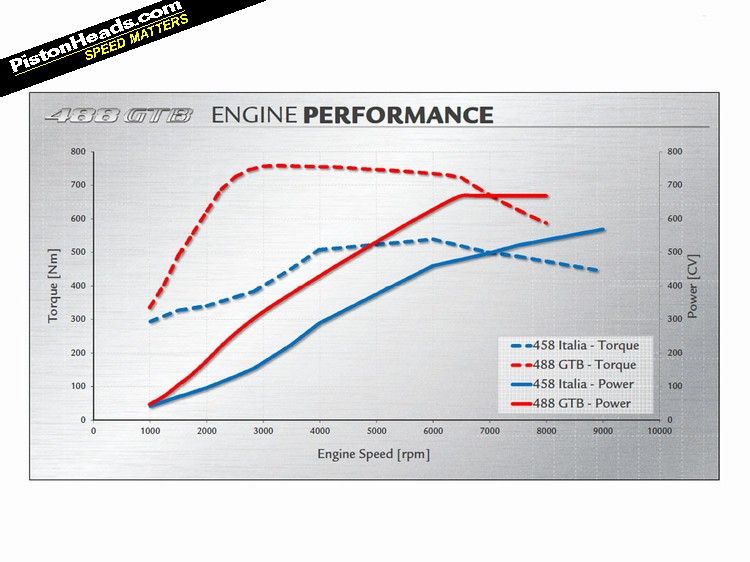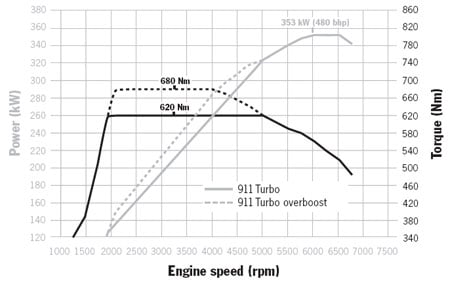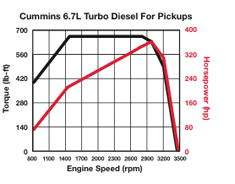F1 has a fuel rate limit for every rpm
the rate reduces disproportionately at rpm below 10500 so the engine is prevented by rule from using constant torque running
if gears were banned the cars could manage without them - but for this rule
the EM is the extreme opposite
the torque-producing 'fuel' is current - which seems to be unlimited by rule eg at low rpm
so the performance characteristics of the EM and the EM drive notionally appear to form a complete substitute for gears
the big question (which no-one addresses) is ......
the designer-chosen current (torque) limits in the EM drive vs. the designer-chosen voltage (rpm) limits in the EM drive .....
if there's no conflict between these factors and others - I'd certainly like to know how there isn't
- Login or Register
No account yet? Sign up





